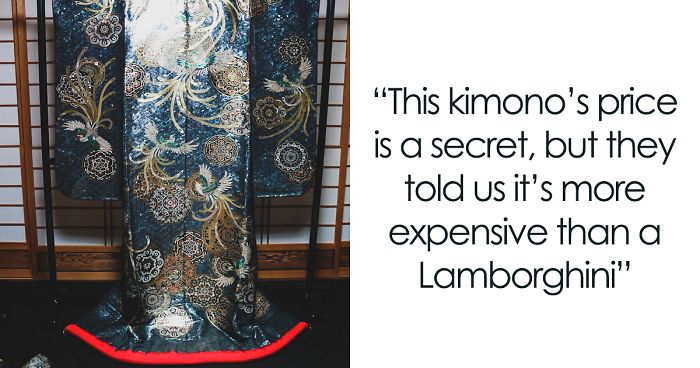
In Japan, I Documented My Experience Meeting Local Artisans Who Preserve Centuries-Old Crafts
Beyond the mega-popular Kyoto, there is a slice of authentic Japan not many people know about.
I explored the fishing villages of Irie and Ine, tourist spots like Amanohashidate learning that people believe it’s where the stairway to heaven fell on earth and met amazing local artisans.
This photo-story is about them. About how they persevere in continuing centuries-old crafts. Here are some glimpses of a village dedicated to washi paper making, silk producers, kimono fabric weavers, staying with a Japanese family at their farm – some of my warmest memories of Japan, much different of the loneliness in the cold glow of Tokyo’s vending machines (which I also love in a melancholic poetic way).
More info: uminokyoto.jp
Heading to Kyoto’s outskirts, where life is slow and authentic. It’s best accessed via Fukuchiyama station, which is roughly an hour train ride from Kyoto station.
Kurotani Washi-no-Sato (黒谷和紙の里) – Japanese papermaking village with 800 years of history in the craft.
Paper is painstakingly made from scratch. Pictured: previously soaked mulberry (kozo), one of the ingredients in washi paper, drying.
The dried mulberry (kozo).
Horie Sayo, age 86, has been making washi paper her entire life. We met her while she was treading on the soaking mulberry bark to soften it, an early step in the process of making washi paper.
One of Horie Sayo’s hand-made notebooks.
Not far from the village, there’s Kurotani Washi Craft Village 黒谷和紙 工芸の里, housed in a former school, that has paper-making experience workshops that can be pre-booked.
It’s a long process, followed by a drying period, so they send your finished product by post.
SILK – from the cocoon to priceless kimonos. I met three different groups of silk-makers. Japan has a silk-making history going back 2 millenia, and the Tango region has carried on producing silk to this day. The first place I visited, Tayuh Textile 田勇機業株式会社, even has their own small factory, and they give free tours. I was lucky to talk to Tamoi Hayato, the third-generation company president.
These lines of holes are a kind of machine code. They enable the jacquard loom to weave in more complex design patterns.
Nowadays, computer programs take the process a step further, but there is something mechanically beautiful in these tangible lines of programming.
Tango chirimen is crepe, a silk fabric with crimped weave and a bumpy texture.
It takes 2000 to 4000 silk cocoons to produce enough chirimen silk for a single kimono.
The local producers do use Japanese silk cocoons, but the majority of cocoons are imported from China and Brazil, two giants of silk production.
Tayuh Textile has won many awards for their fabrics and chirimen.
From the deafening looms, to the hypnotic silk threads.
In the back of the factory, there’s the Garden of Hosenju (蓬仙寿の庭) designed by Shigemori Mirei, a famous Japanese garden designer.
Yoshimura Shouten, Mineyama Branch (株式会社 吉村商店 峰山支店) – maker and wholesaler of undyed chirimen fabrics and raw silk. This company dates back to 1830, with a head office in Kyoto, but we visited the smaller Mineyama branch.
The whole branch is in an old traditional Japanese house, with a tranquil air about it.
Here, the fabrics are checked for even the slightest imperfection.
Only those fabrics that have passed the inspection are given the union’s “examination passed stamp” and “local production brand mark” that functions as proof that they are “Tango chirimen” before being shipped.
Hitoshi Yoshioka, the wholesaler in this branch, tells us that he proudly wears a silk shirt and tie made by Yoshimura Shouten.
These artisans are obviously dedicated to preserving tradition, but from time to time they find an opportunity to experiment. Here, Hitoshi Yoshioka shows off a piece of chirimen silk that has Holywood celebrities woven in the design.
A traditional storage room called “kura”.
It’s been built in such a way so that it’s fireproof and earthquake-proof.
Hand-dyed indigo canvases in Former Bito Family Merchant’s House.
The house is part of the Kaya district of Yosano, also known as a silk-producing town in the past. The whole area has been proclaimed an Important Traditional Townscape Preservation District of Japan.
Tamiya Raden (民谷螺鈿) – the small business that makes unique kimonos and obi sashes using shells.
This kimono’s price is a secret, but they told us it’s more expensive than a Lamborghini! Tamiya Raiden sells their fabric to some of the world’s biggest fashion brands, but sadly they are prohibited from sharing that information.
Tamiya Raiden is a family business run in their own house. Tamiya Katsuichiro spent years developing this unique process of inlaying shells into the fabric during the 70s.
Tamiya Kyoji inherited the family business, but actually, all family members are dedicated full time to their family company.
In a string of secrets, they still shared a proud moment with us that the current Empress of Japan has worn one of their obi sashes.
However, they couldn’t tell us which one, and the Empress herself doesn’t know the makers. It seems that these creators are content with living out of the spotlight, but at least their creations have all eyes on them.
Mukai Shuzo Sake Brewery (向井酒造株式会社) has been around since 1754 and it has stayed a family business. The chief brewer now is Mukai Kuniko, one of the few women sake-brewers in Japan. Alcohol making historically was a women’s craft in Japan, but after a slow cultural shift, it came to be regarded as a man’s job. But recently, female sake-brewers have been reclaiming this craft.
Autographed sake cups by famous visitors to this small brewery.
Ayabe Farmhouse Lodges and the Tranquility of the Countryside.
Iwan No Sato (イワンの里) run by Akimoto Hiroko and Hideo, a married couple of excellent cooks, using only organic food and taking inspiration from macrobiotic cooking.
The meals at Iwan no Sato are a mix of well-loved and unique dishes shared between a family, and you become a part of that loving exchange when you are a guest.
Whenever you can, go wander the Japanese countryside. It’s not going to be easy to get there, it’s not going to be easy to talk to most people, but by now we all have learned that rewarding experiences don’t always come easy.
10Kviews
Share on FacebookI would love to visit this area of Japan! I enjoy learning about different cultures around the world. Each culture has something unique and beautiful about it.
So life is fake inside the city of Kyoto? So the woman I met that the oldest indigo dyer on the planet who also happens to be designated a living treasure has been faking it for her entire life? You know, the dyer who's been on the same street for over 600 years after the "old" house burned down...that had stood for almost 300 years? That living treasure? ...///... Did the author even bother to explore Kyoto? We had dinner at a ryokan by the river INSIDE Kyoto that had been there for over 400 years. ...///... Did the author bother to visit the Raku (yes, it's a family name, NOT just a firing technique) museum, chronicling over 400 years of family history, where cameras are not allowed? ...///... I wish people would pay attention to what's around them and bother to learn about the cities they visit instead of dismissing them because they aren't "authentic".
I would love to visit this area of Japan! I enjoy learning about different cultures around the world. Each culture has something unique and beautiful about it.
So life is fake inside the city of Kyoto? So the woman I met that the oldest indigo dyer on the planet who also happens to be designated a living treasure has been faking it for her entire life? You know, the dyer who's been on the same street for over 600 years after the "old" house burned down...that had stood for almost 300 years? That living treasure? ...///... Did the author even bother to explore Kyoto? We had dinner at a ryokan by the river INSIDE Kyoto that had been there for over 400 years. ...///... Did the author bother to visit the Raku (yes, it's a family name, NOT just a firing technique) museum, chronicling over 400 years of family history, where cameras are not allowed? ...///... I wish people would pay attention to what's around them and bother to learn about the cities they visit instead of dismissing them because they aren't "authentic".

 Dark Mode
Dark Mode 

 No fees, cancel anytime
No fees, cancel anytime 



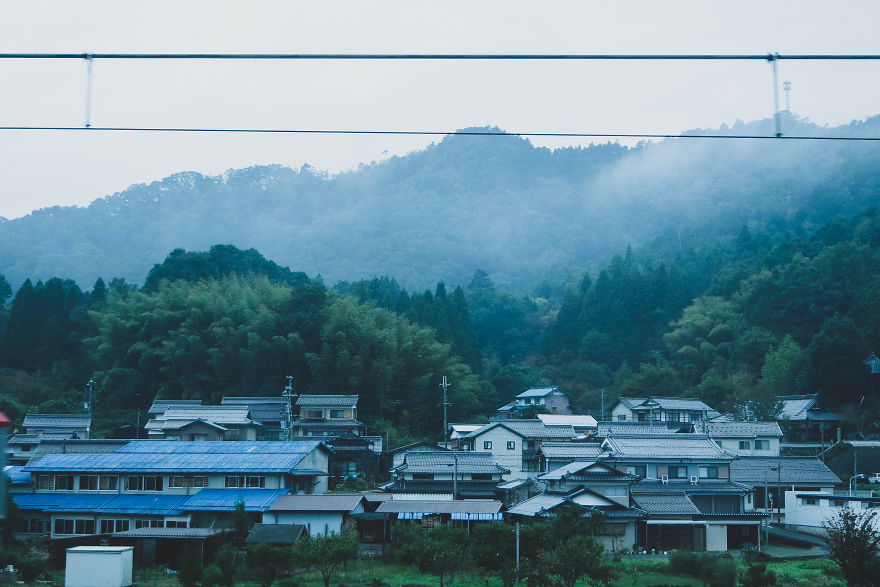
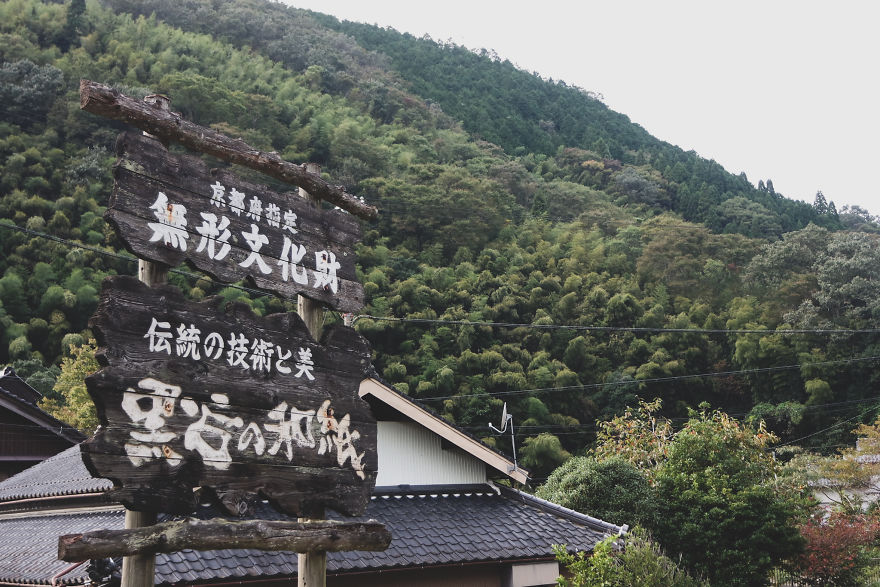
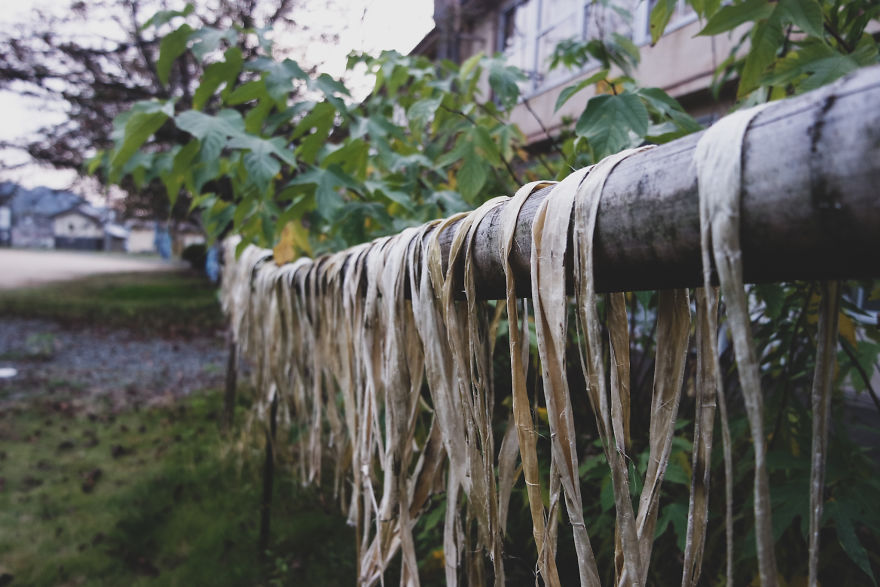
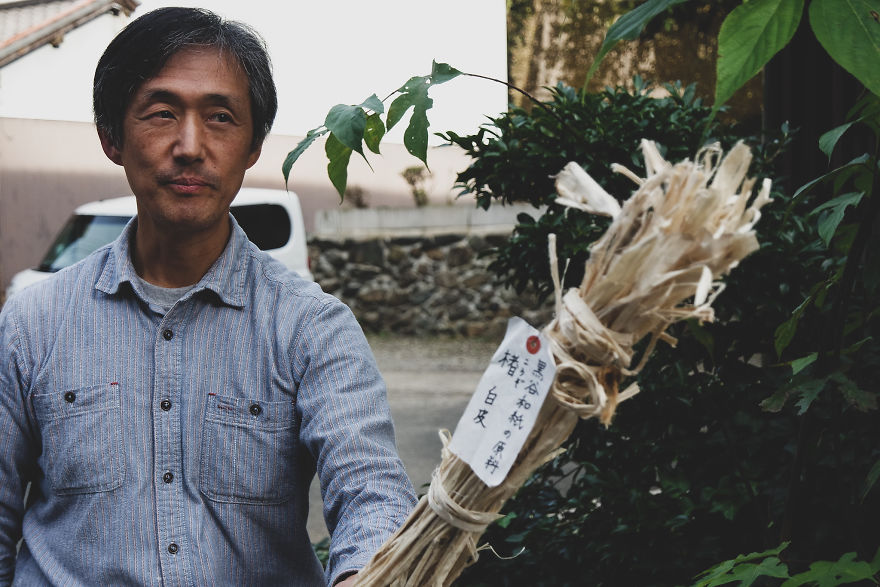
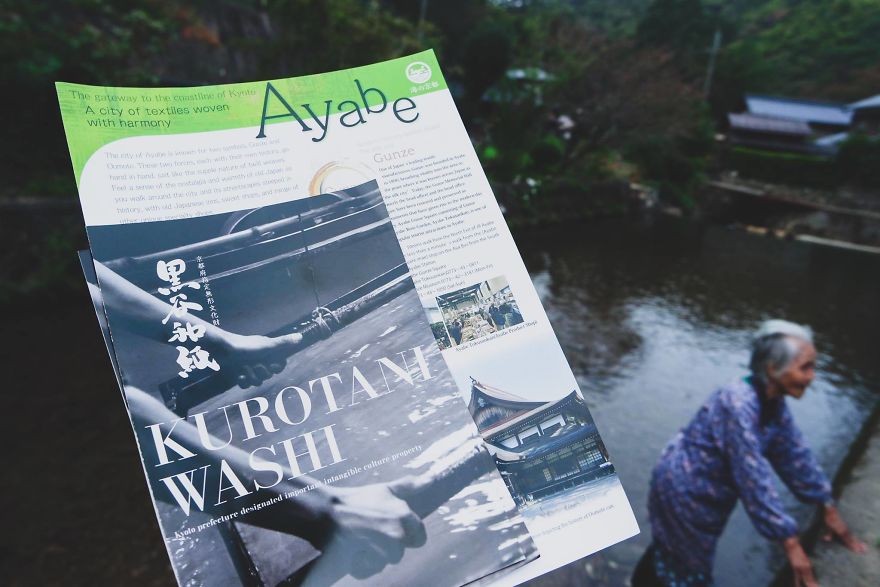
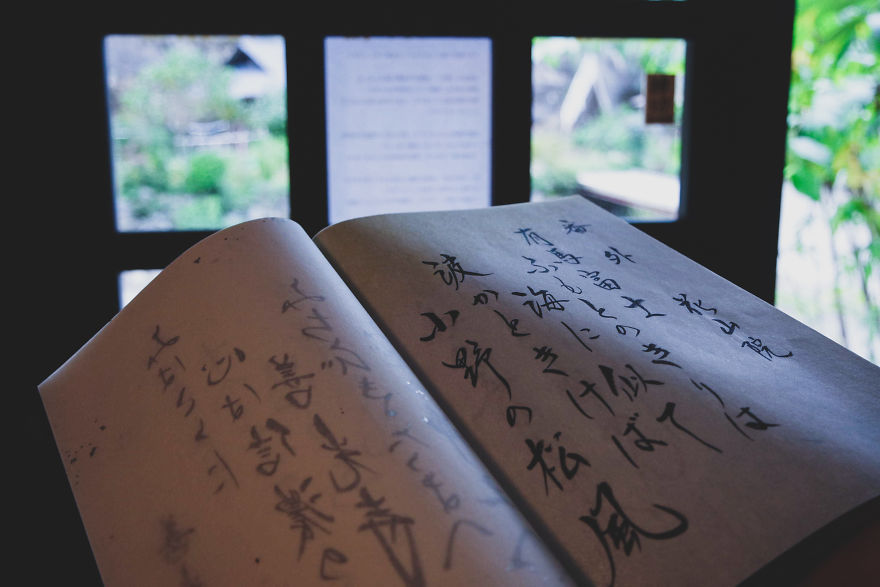
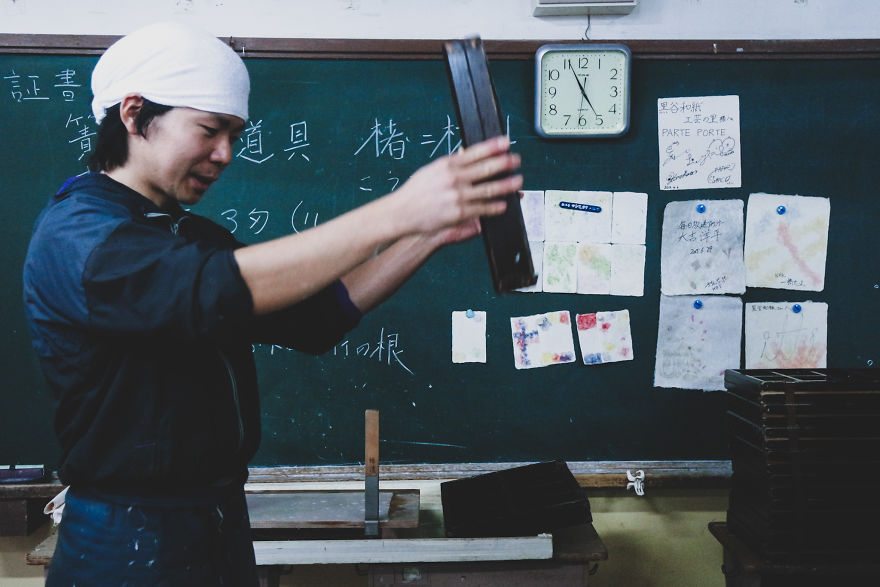
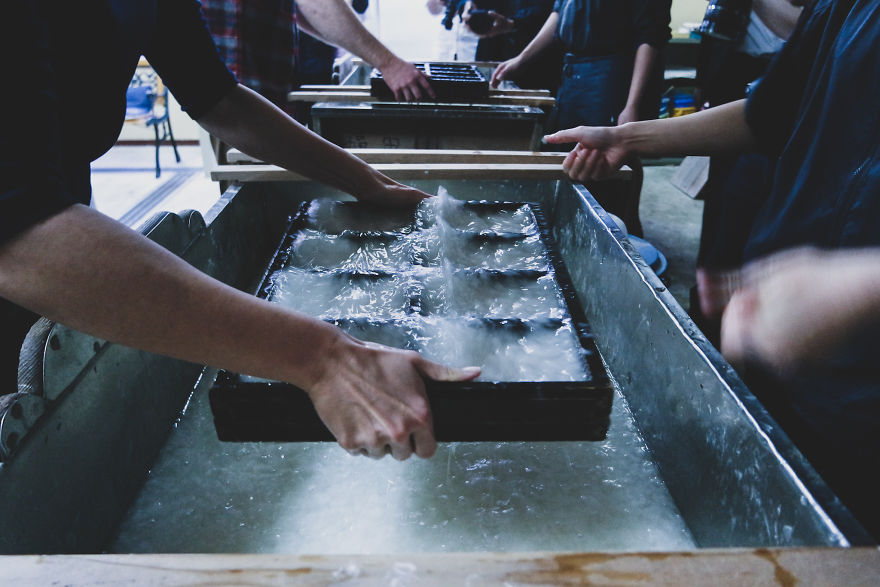
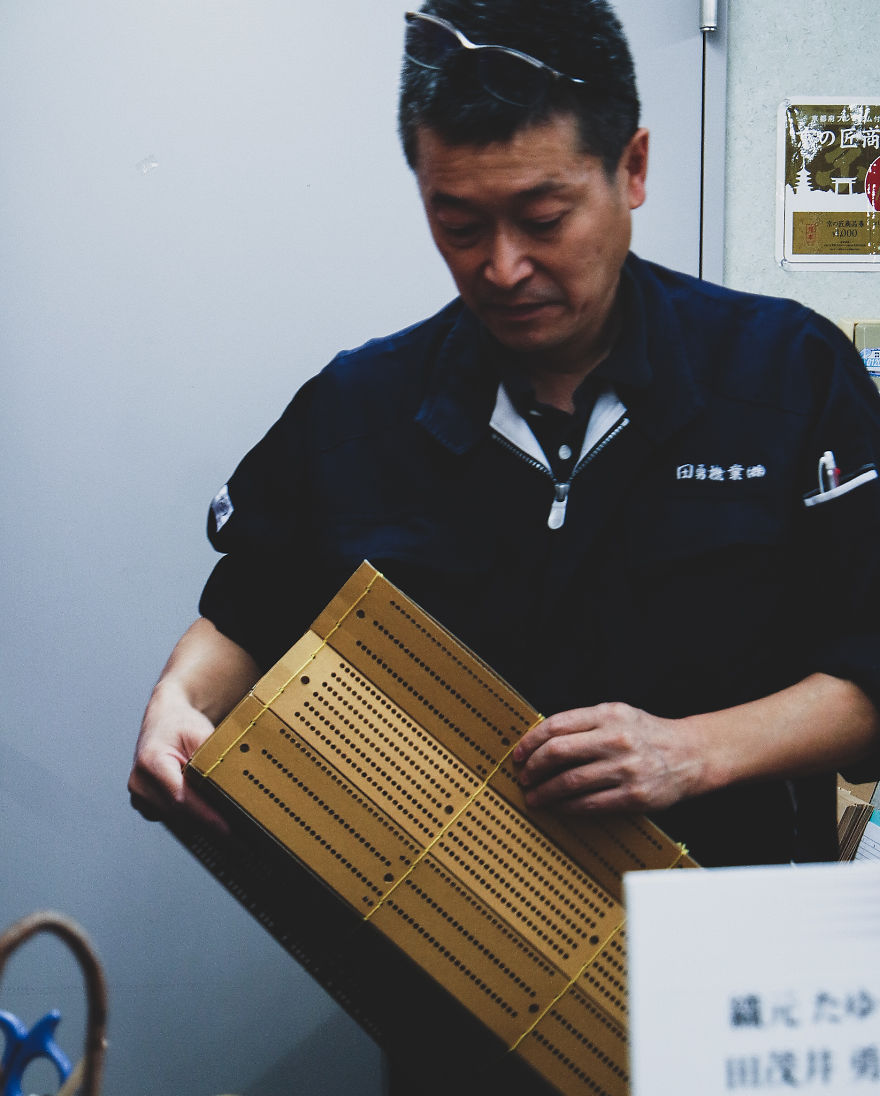
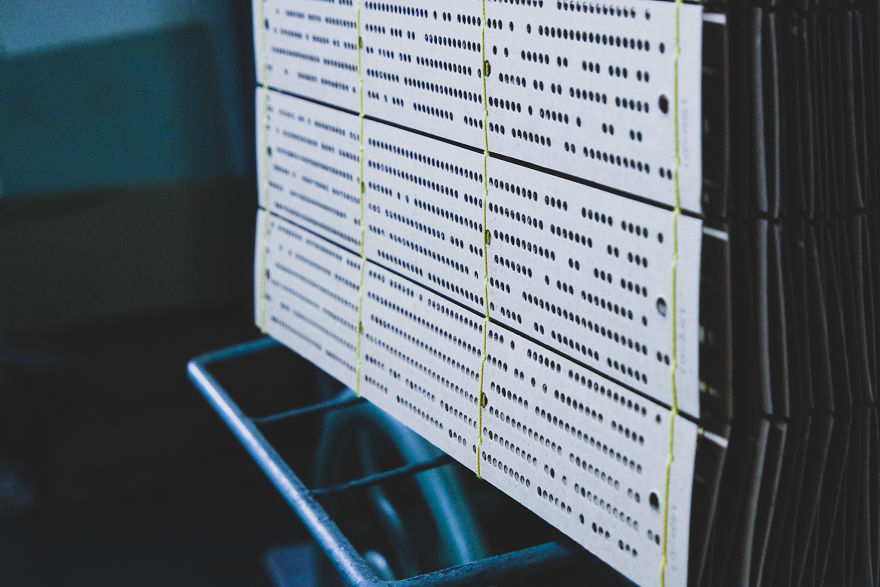
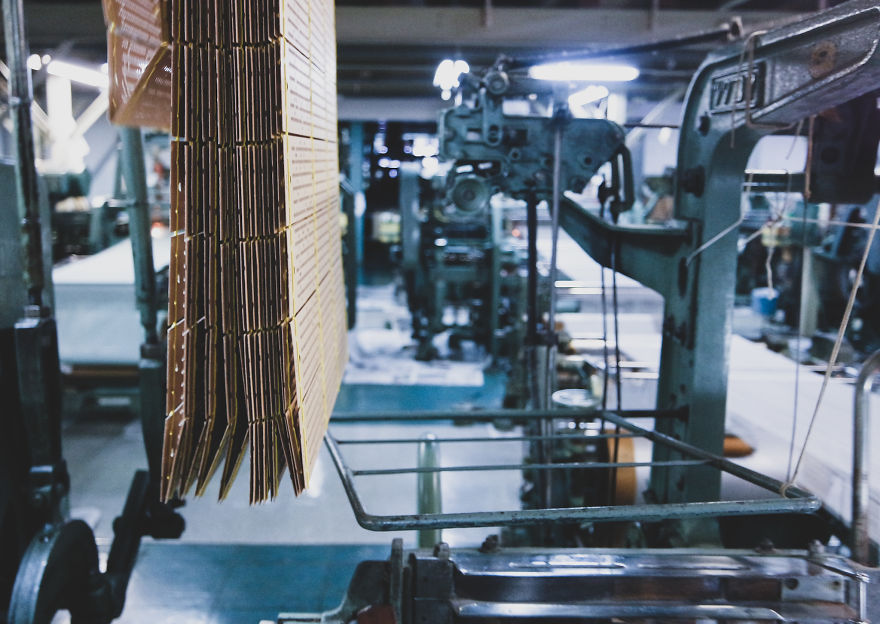
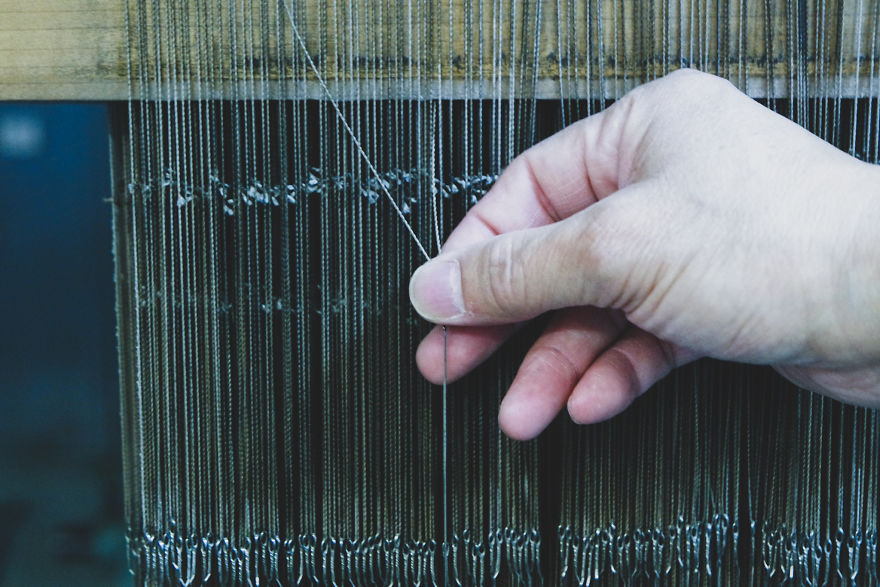
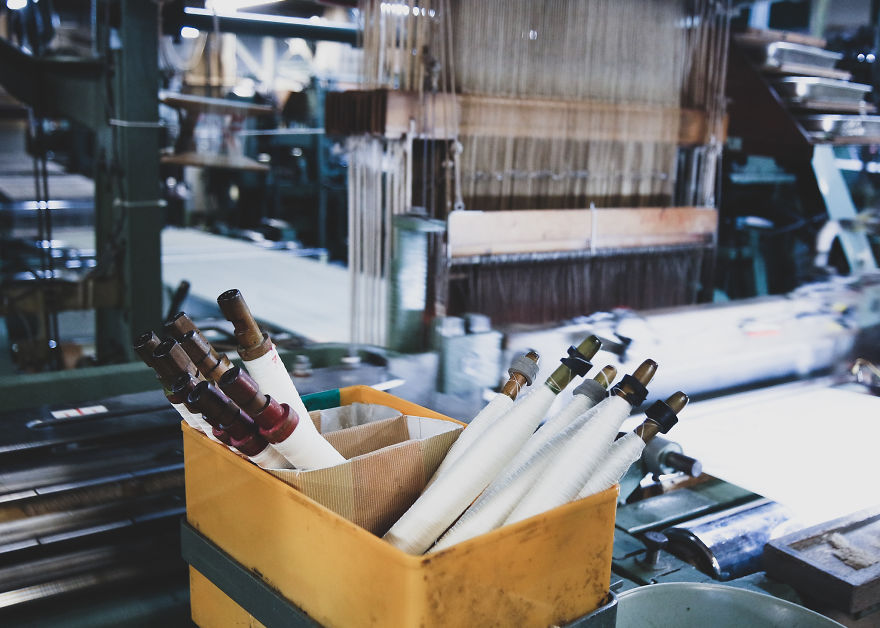
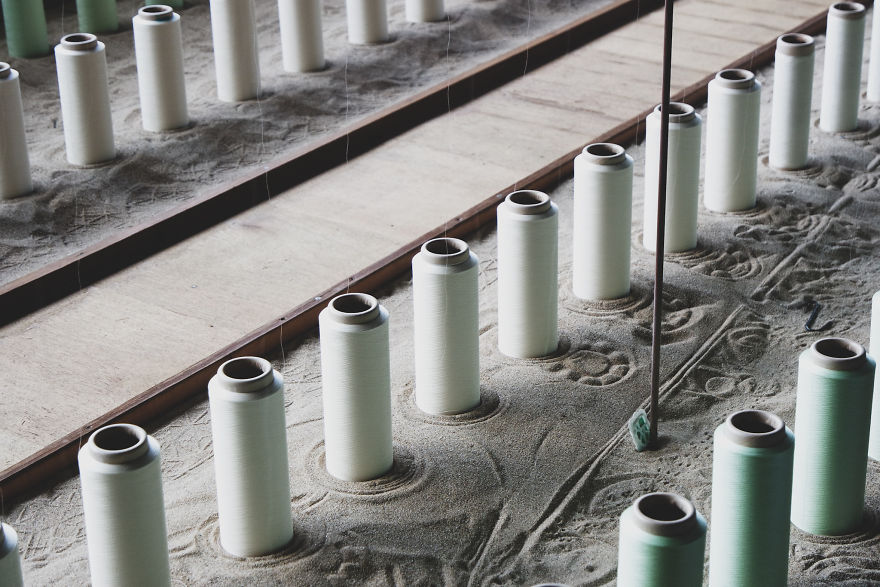
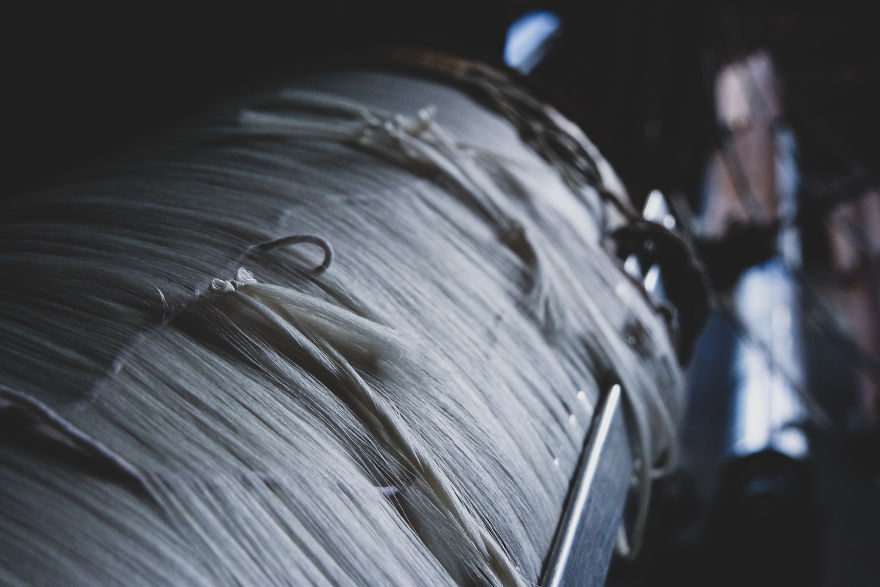
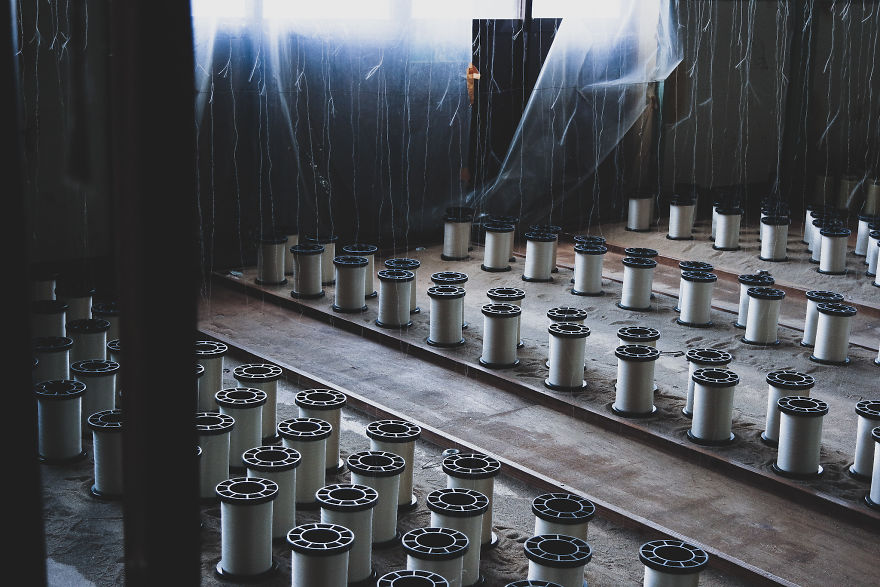
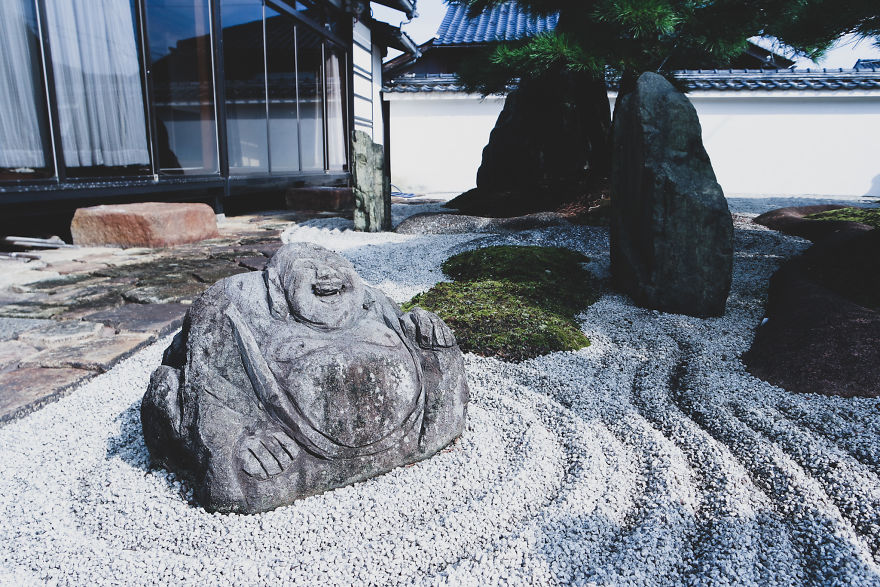
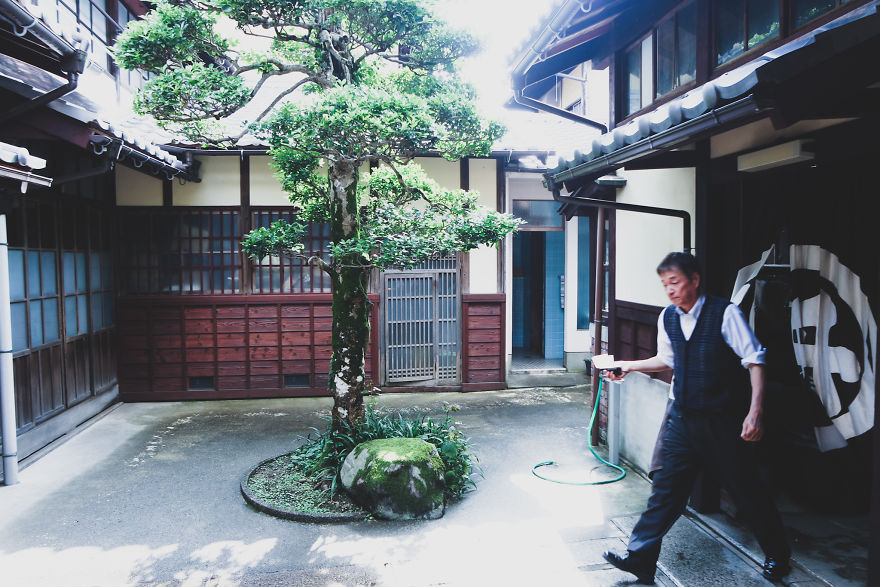
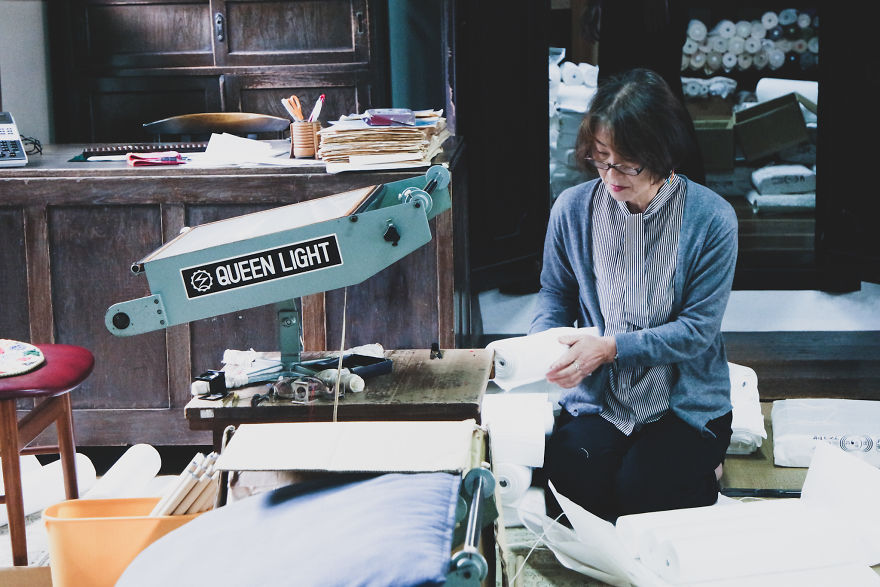
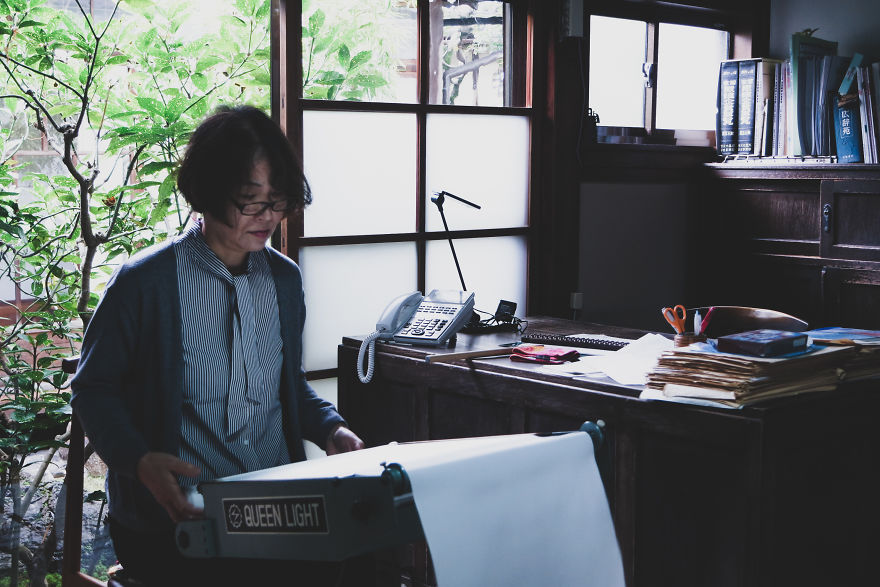
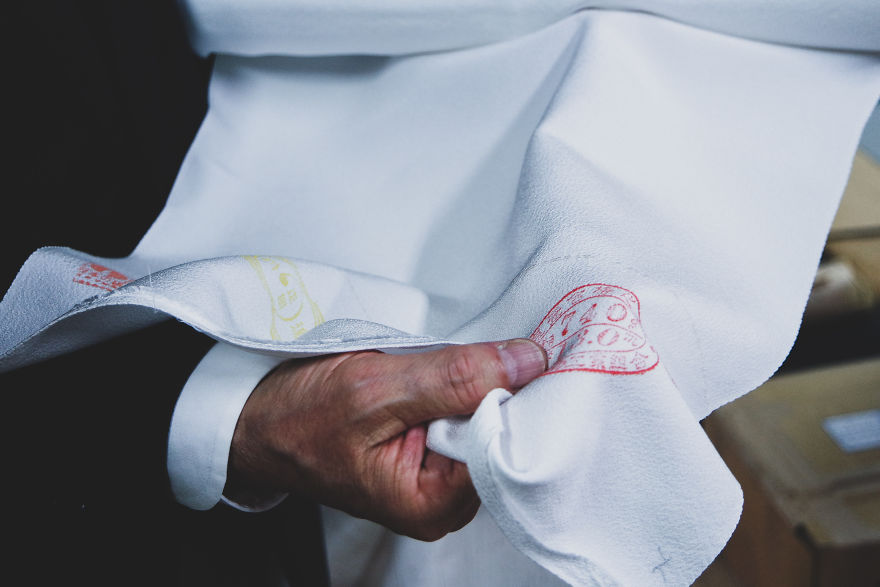
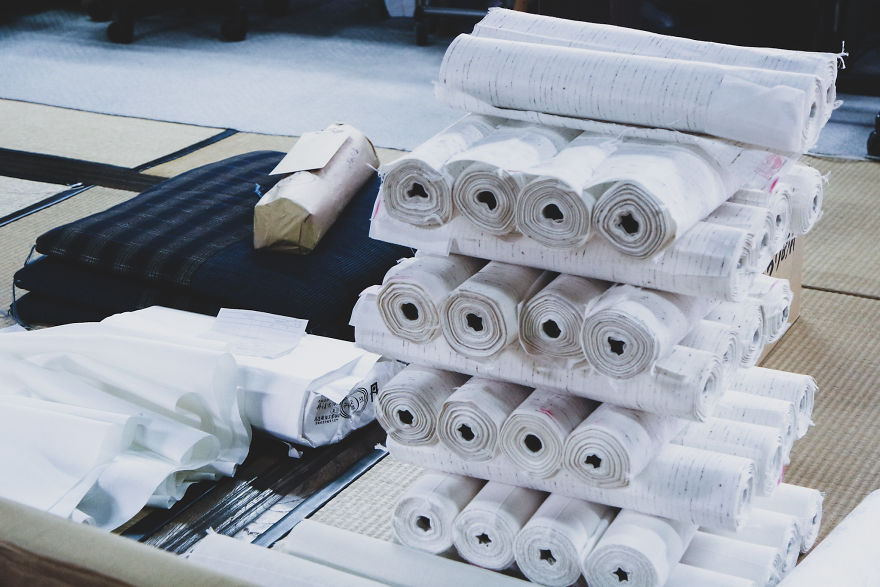
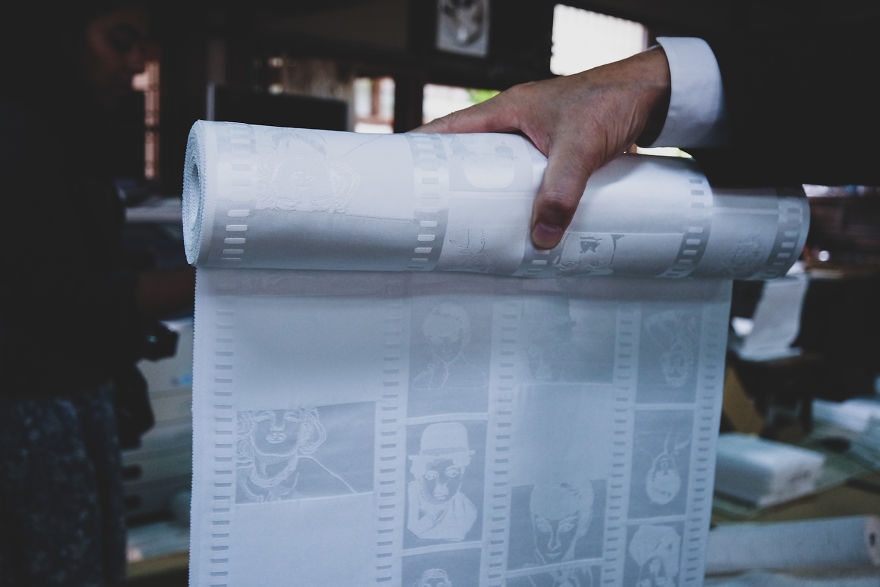
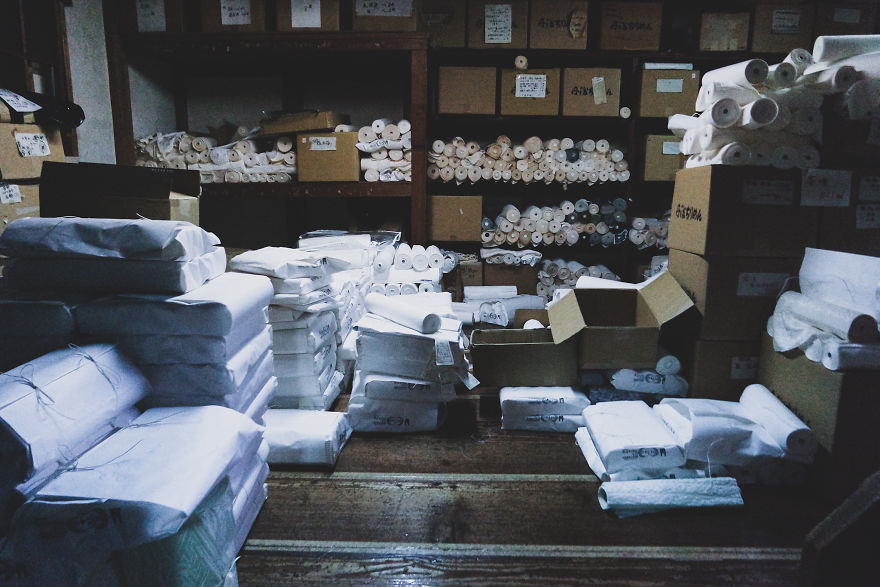
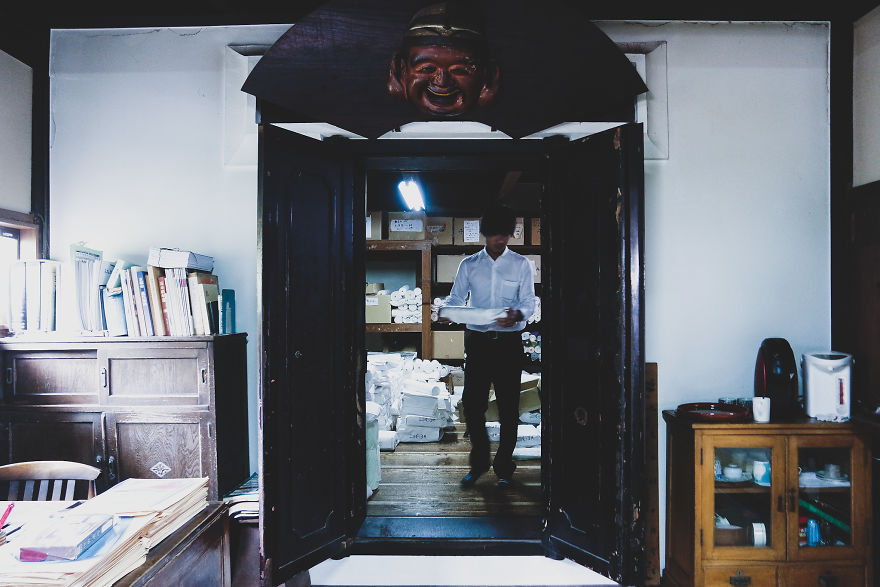
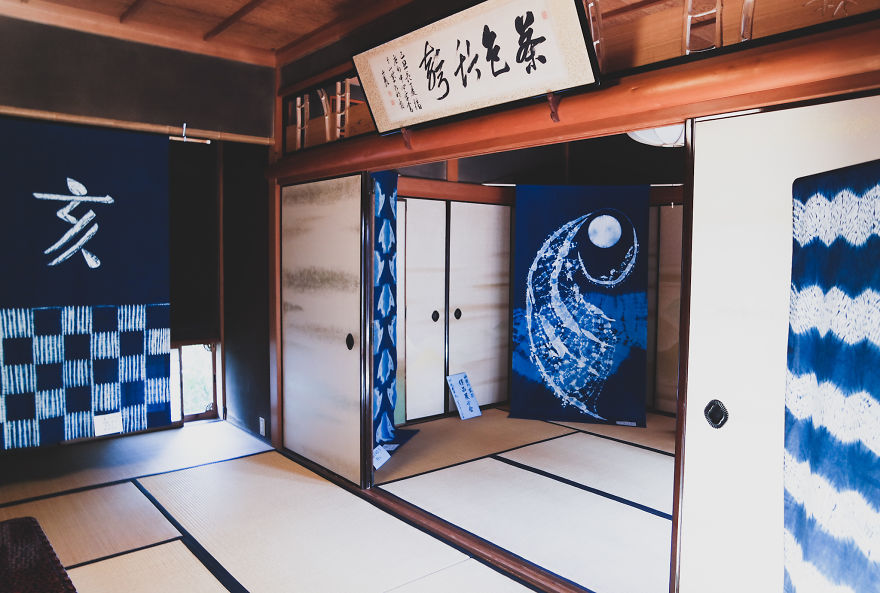
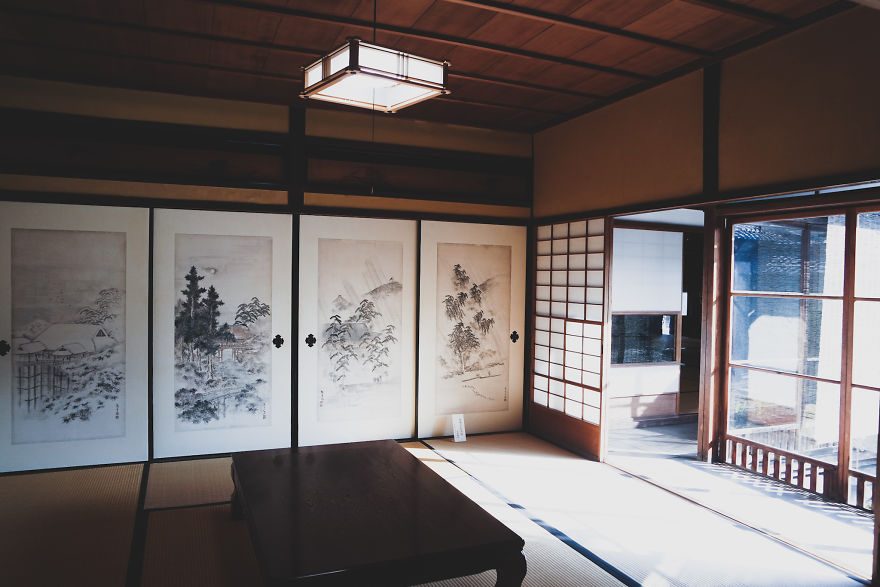
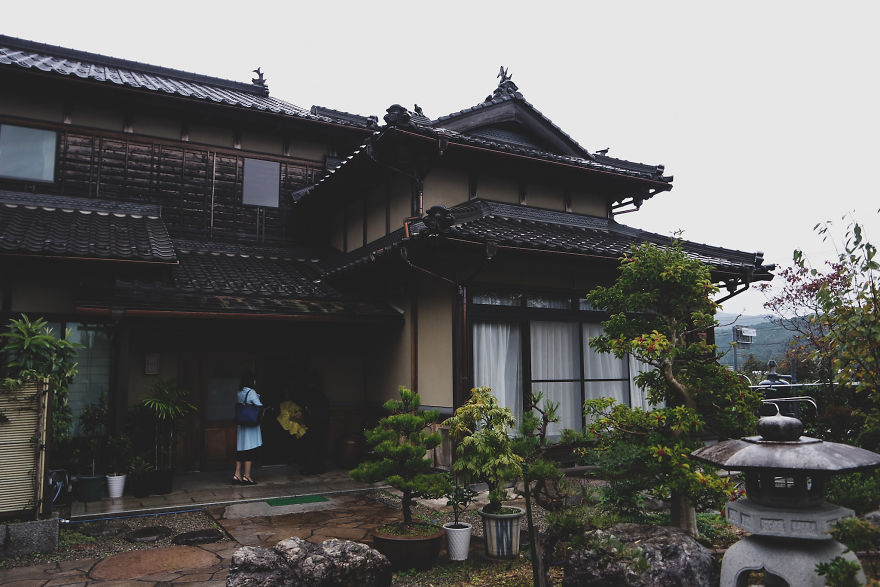
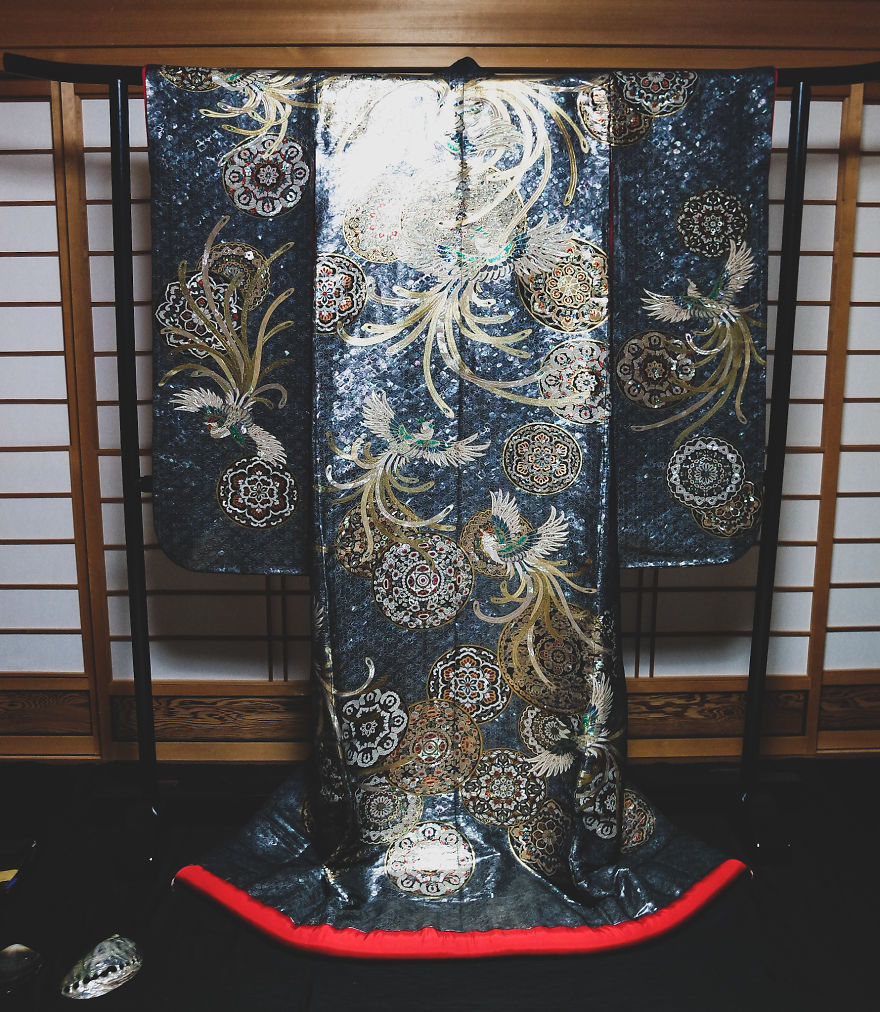
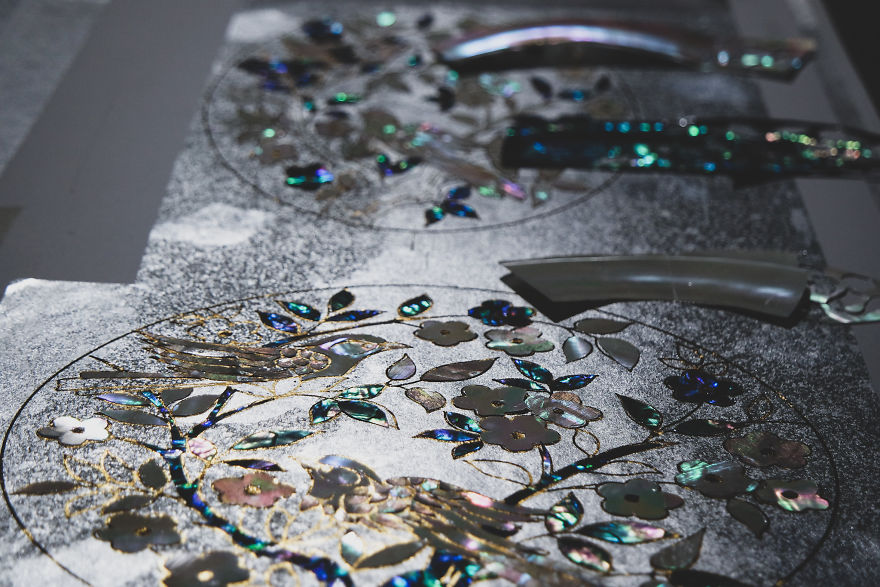
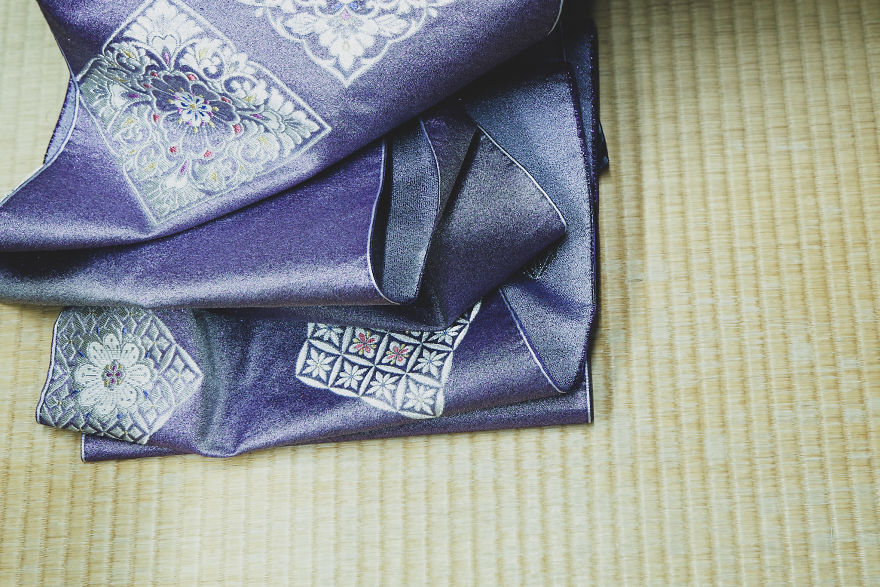
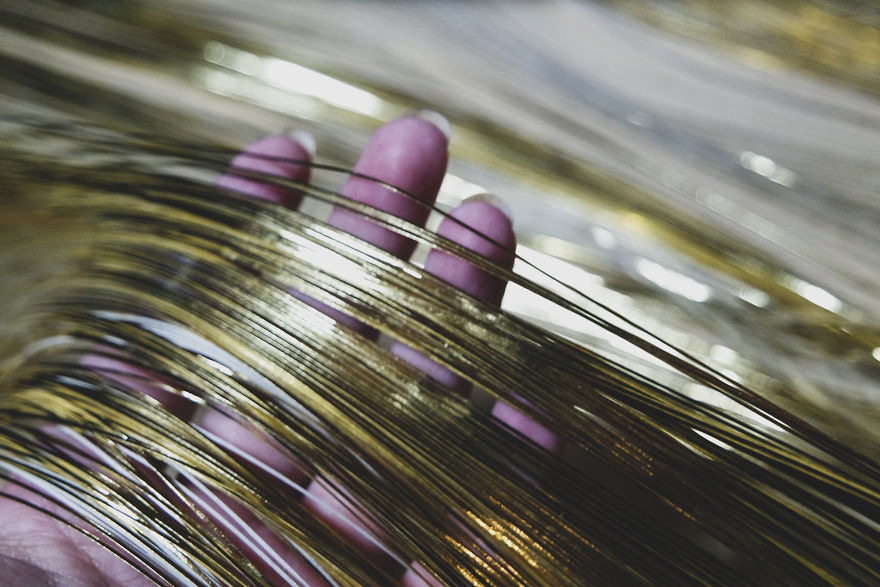
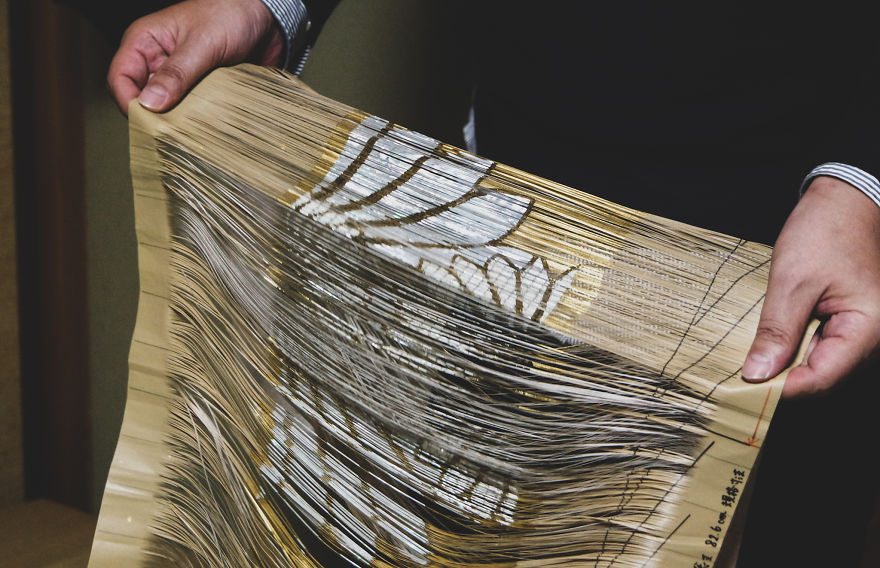
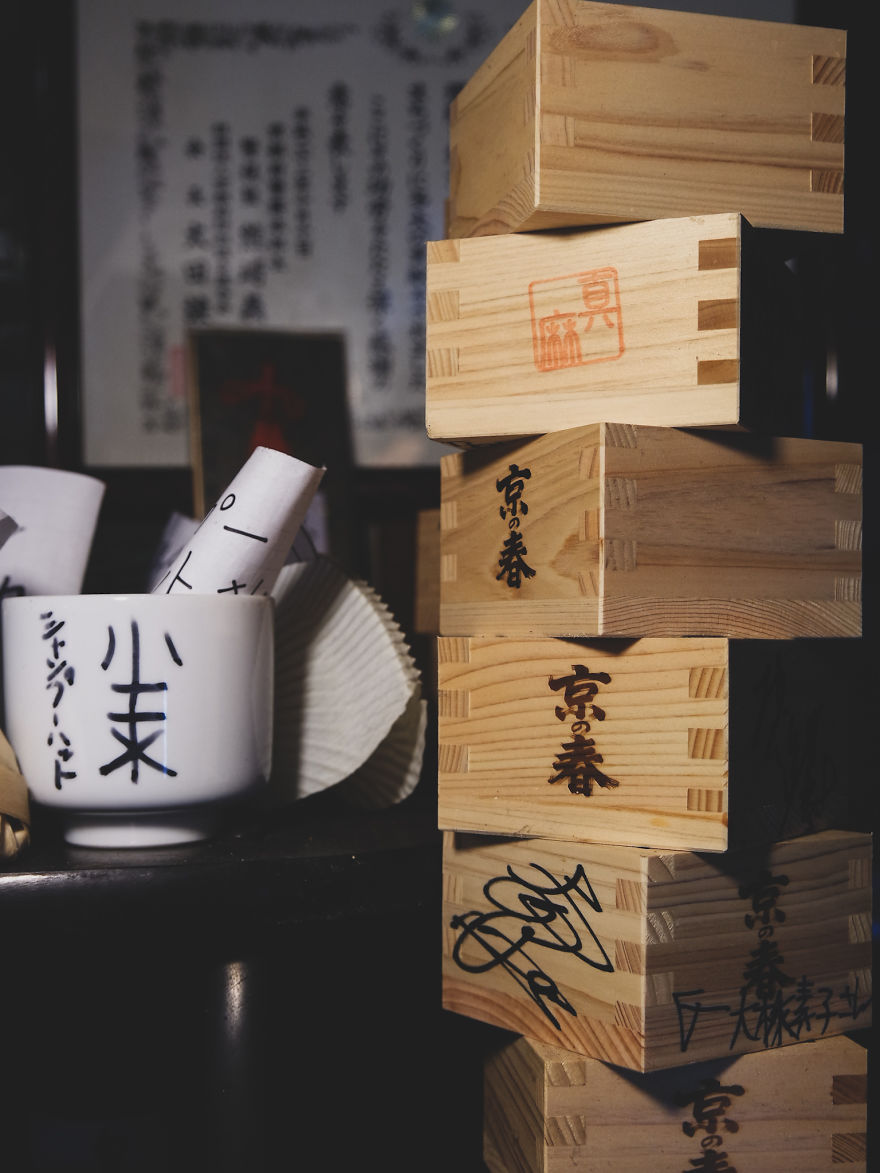
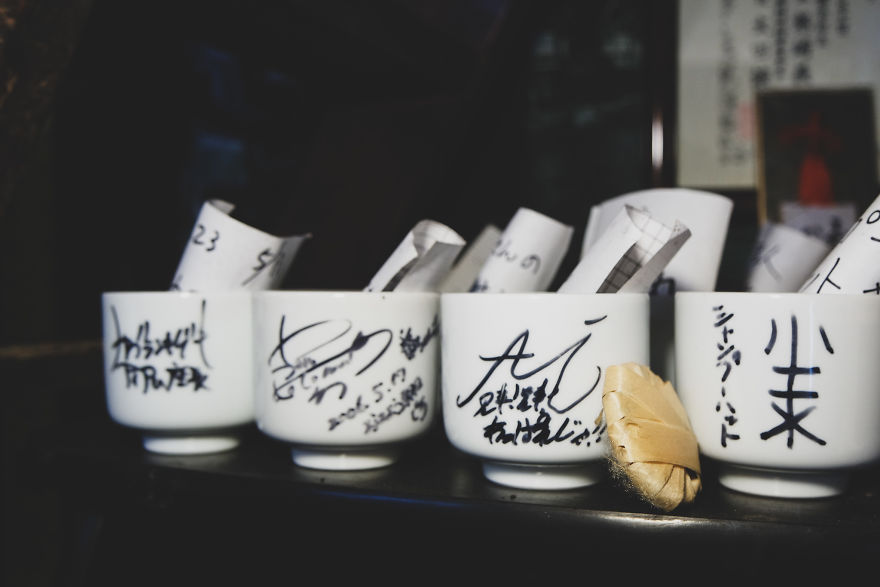
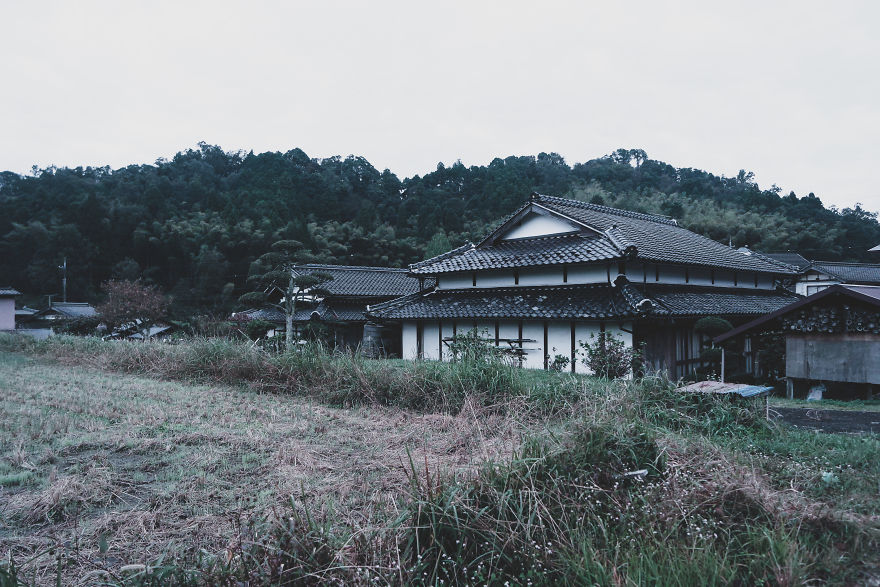
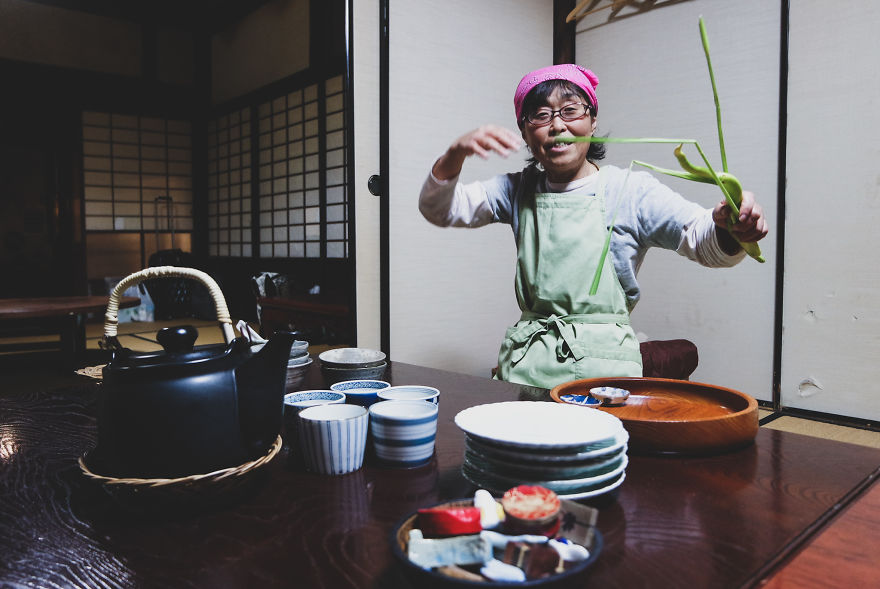
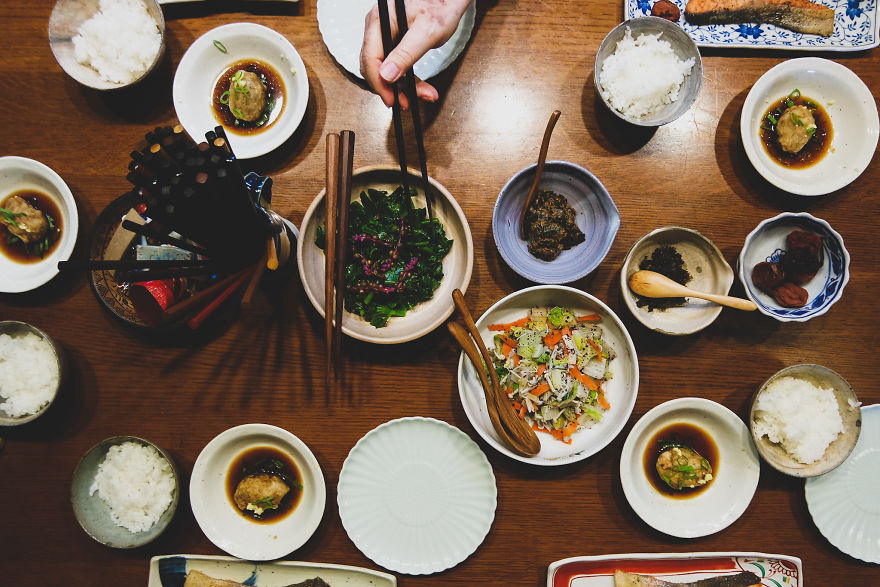
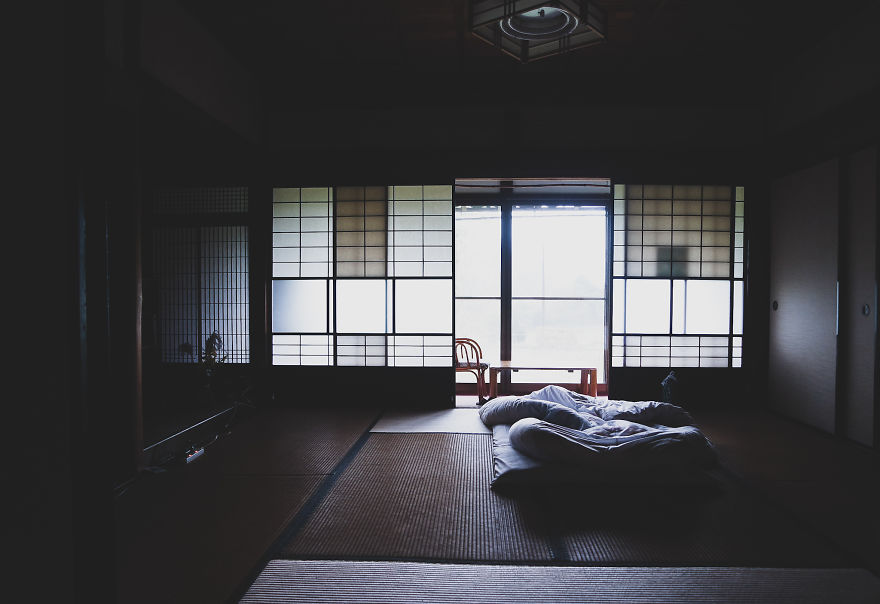












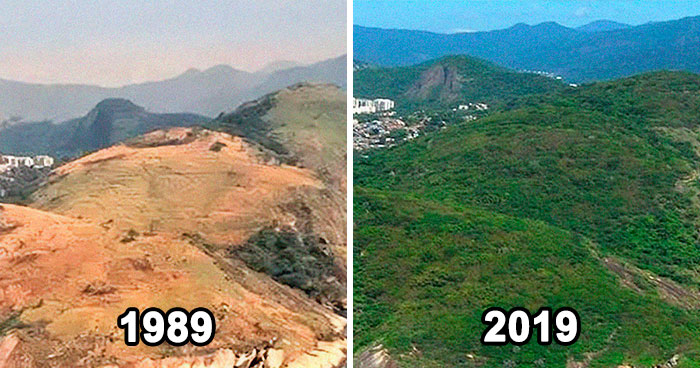































61
2